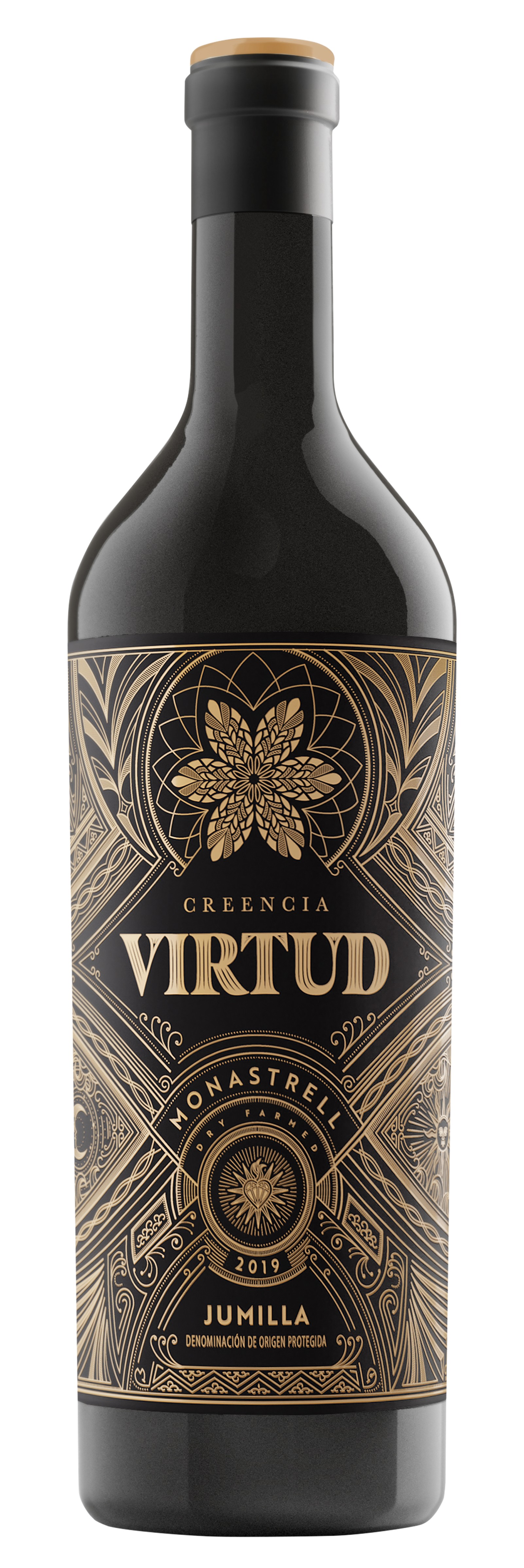
Hammeken Cellars And D.O. Jumilla
As in most Spanish wine regions, Jumilla wines have also a millenary past.
More than 5,000 years of history, in this case. The archaeological remains prove it: in the 4th century BC, vines were already cultivated in the area.
So much has happened since then… Boom times, plagues, technique modernization and a host of events.
Let's take a look at some of them.
Did You Know?
Jumilla was not affected by the 19th century phylloxera plague, which led to the international expansion of its wines. However, it was affected by its return in 1980, and the replanting process was slow.
Almost all the vineyards in Jumilla follow organic procedures. The dry climate prevents the spread of fungal diseases.
The Jumilla Control Board organizes a quality contest every year. This blind tasting evaluates the excellence of the vintages.
D.O. Jumilla: The Harsh Conditions Of The Levantine High-Plateau
The Jumilla D.O. extends between Murcia and Castilla La Mancha, about 30 km from Murcia city.
It is an area of poor, sandy and stony soils. During dry-ripening season, the high lime content of the subsoils eases the much-needed water retention.
These harsh conditions result in the production of high quality wines.
A Few Figures
80%
Of the vineyards in Jumilla are the Monastrell type. This hard variety is the third most planted in Spain.
+3.000 hours
Of yearly sunshine. This is perfect for Monastrell, which needs a lot of sunshine to develop.
< 300 mm
Rainfall. It is an almost desert-like region, with temperatures over 40º in summer, and cold winters.
And the outcome
The harsh climatic and terroir conditions of D.O. Jumilla create highly-alcoholic, elegant and balanced wines.
Jumilla’s aridity brings out the best of the grapes.
And We Use Them To Produce Award-Winning Wines
-
 DO JumillaRed wine
DO JumillaRed wine -

con Actitud
DO JumillaRed wine -

con Virtud
DO JumillaRed wine